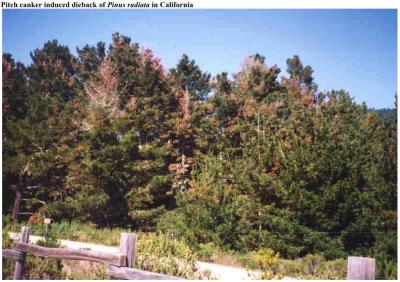Politicians are Diplomats Soft Shoe Shuffling a Plantation Cult
Unquestioning adoption of northern hemisphere climate creeds by the main political parties in New Zealand threatens the nation economically and environmentally as the cyclone season pushes south.
The most recent of these transatlantic doctrines is the one to carpet the nation with the shallow-rooted, fast growing, North American tree species Pinus radiata.
The reason that the introduction of this short-lived species is under intense acceleration is that it is deemed the most instantly-realisable counter weight crop to absorb the trace gas carbon dioxide.
The fear by the main political parties of detonating the anger of the urban professional class now considered to base their vote exclusively on climatic doctrines is now evident.
This is because Pinus radiata plantations were the proximate cause of much of the damage in the recent Cyclone Gabrielle floods.
Nobody, and especially those in authority, chose to see the connection between the piles of forestry debris at the river mouths and at the beaches and the upstream unstable mountainous clutter accumulating as the result of selective logging.
The untrammelled go-ahead to use the Pinus radiata species as the overriding instrument for banking the offset credits required by investors in allowing them to pollute in other parts of the world has introduced a fresh threat and one which is not even whispered.
This is monoculture which means that the introduced species is prone to extensive infection. An official Farm Forestry Association group from New Zealand has inspected such infestation known as pitch canker first hand (see illustration.)
The mutually agreed information blackout on this threat from the re-intensified Pinus radiata plantation fever obscures a number of other dangers inherent in using the species as a gas exchange trading mechanism.
What happens if the liability exchange market collapses and the trees end their short lifetimes unharvested?
Will these abandoned hulks lie on the ground ready to be swept away by cyclones?
Why was all the forestry debris never considered for fuel –pelleting and thus become a readily available substitute for the hated fossil fuels?
As recently as 10 years ago there was widespread complaint about the effect of the logging trucks on the nation’s roads as they conveyed the selected logs to port of shipment.
This too was allowed to fade as radiata took over the national importance once accorded to native timbers.
These were once held in such high regard that native timber facia was ripped out of public buildings on what can only be described as sacrilegious grounds.
New Zealand party leaders have become diplomats rather than politicians.
They know for example that exports derived from ruminants are many times greater than exports from forestry.
The constant and consistent official scheming to cover the nation in Pinus radiata has about it an essential characteristic of any imported cult in that those espousing it cannot bring themselves to find anything wrong with it.
Dissenters are denounced for their heresy.
The New Zealand general election is already showing signs of an action replay of the last Australian one.
Australian former prime minister Scott Morrison, who shares a similar background to his New Zealand Opposition counterpart Christopher Luxon.
Mr Morrison sought to deflect and sidestep any direct challenge to the climatic high moral ground because he knew his privileged urban constituencies so ardently clung to it.
In the event and by failing to challenge the climate industry he created a vacuum in which the Teals successfully claimed the moral high ground and Mr Morrison was out of office.
Nobody still dare to question the forestry/offsets exchange lobby even after the Ukraine invasion triggered food and power shortages.
Even Cyclone Gabrielle failed to shake the doctrinal faith.
It failed to dent a long running scheme to erect near Auckland a solar power generating plant on a river loop drowned twice in the past two years.
Its flood-born house -sized reflector panels would have become the high tech version of the forestry residue responsible for so much damage wrought by the cyclone.
Several other such sites on flood prone river land are still planned for the Wellington region.

